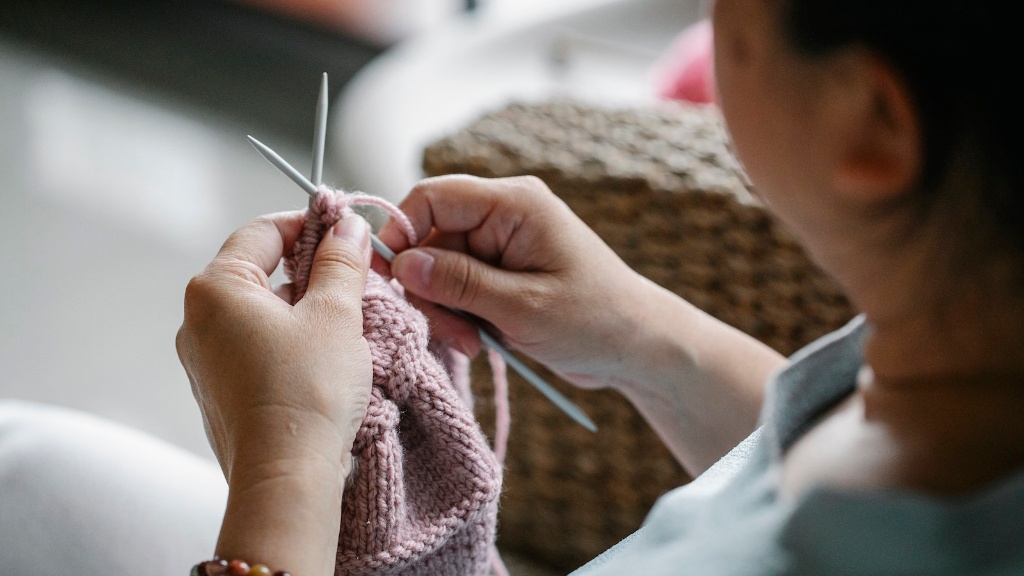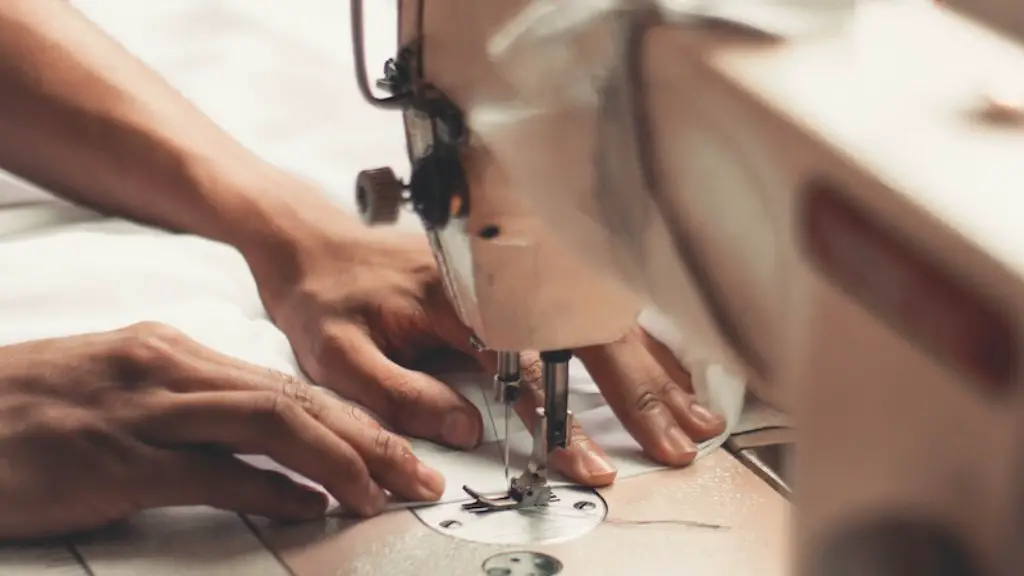How to Adjust Tension on a Bernina Sewing Machine
Owning a Bernina sewing machine is an excellent decision for all home sewers. Due to their high quality and precision, Bernina sewing machines are popular with experienced sewers who value the precise stitching and top-of-the-line components yielded from the machines.
If you are new to Bernina sewing machines, you may be overwhelmed at first. With proper maintenance and occasional adjustments, Bernina sewing machines should provide many years of enjoyment. One of the common adjustments to be made is adjusting the thread tension.
When adjusting the tension on your Bernina sewing machine, you are setting the tension of the thread that passes through the needle, hook, and loops. This is what helps control the size and shape of the stitches formed. Too little tension will cause the stitches to be spaced too far apart, which will make them weak and sloppy. Too much thread tension will cause the stitches to be too tight, resulting in a weak and unattractive stitch pattern.
The tension dial on a Bernina sewing machine is usually set at 4. You will usually want to leave it at this setting until you need to adjust it. To adjust the tension, you first need to raise the presser foot and loosen the thread so that there is no tension on the thread. Then, use the tension control dial to adjust the tension to the desired setting.
It is important to test the tension by completing several practice stitches on a scrap piece of fabric. If the thread tension is too tight, the stitches will have an uneven appearance. If the tension is too loose, the stitches will be too wide. When the stitch is just right, it will have an even appearance with a secure-looking fabric loop on the surface.
If you notice an inconsistency in the stitches, you may need to adjust the needle tension. This is done by using the adjustment knob near the needle. If the tension is too tight, turn the knob to the right until the tension is released. If the tension is too loose, turn the knob to the left until the tension is increased.
Sometimes, the thread tension may be affected by the type of thread and needles used. If you find that the tension is still off after adjusting it, you may want to try a different thread or needle. If that does not solve the issue, you should consult your sewing machine manual or take the machine to a sewing machine technician for further evaluation.
Machine Cleaning
Regular maintenance of the Bernina sewing machine is essential for keeping it in peak condition. This means cleaning and oiling the machine regularly. Before cleaning the machine, remove the needle and all threads to ensure that none of them become damaged.
The Bernina sewing machine must be unplugged while cleaning and oils. An air compressor should be used to blow lint and dust out of the machine. If you do not have an air compressor, use a soft brush and a vacuum cleaner to remove the lint and dust.
Once the lint and dust are removed, you can oil the machine using a high-quality sewing machine oil. Do not use any other type of oil as it may damage the machine. Start by applying a few drops of oil at the hook and needle. Then, rotate the hand wheel counterclockwise to allow the oil to spread to other parts. Finally, use a soft dry cloth to remove any excess oil from the machine.
Buttonholes
Buttonholes are a common component of most garments and require special attention when sewing. Sewing buttonholes with a Bernina sewing machine is a fairly simple process. Start by selecting the buttonhole foot for your machine. This foot is designed to guide the fabric through the sewing process and ensure even stitching.
Once the foot is installed, use the appropriately sized buttonhole guide to mark the buttonhole opening. This guide should be large enough to accommodate the button without it slipping through. Once the opening is marked, you can start sewing. Turn on the machine, select a zigzag stitch and adjust the width and length. Begin stitching from the end of the opening, and step down the buttonhole bar until it touches the fabric. Then, start sewing and follow the opening until you reach the end. Finally, reverse the direction of the machine and sew back to the beginning. This will help ensure that the opening of the buttonhole is secure.
Bobbin Threading
Threading the bobbin is an essential step in the sewing process. To thread the bobbin in a Bernina sewing machine, you must first pull the presser foot up and release the bobbin holder. Place the bobbin in the holder and thread it through the slot while pushing the bobbin holder down. Then, hold the end of the thread in your right hand and turn the hand wheel counterclockwise to pull the thread through.
Once the thread is passed through the slot, the machine is ready to be threaded. Hold the thread in your left hand and pass it through the thread guide on the left side of the machine. Gently pull the thread towards the needle, making sure that the thread is passing over the tension disc at the top of the needle. Finally, hold the thread tail in your right hand and press down on the stitch selector lever. This will guide the thread through the needle, completing the bobbin threading process.
Troubleshooting
Most Bernina sewing machines will last for many years without requiring any major repairs. However, there may be occasional issues that need to be addressed. If your Bernina sewing machine is having stitching issues, it is important to take the time to troubleshoot the problem.
If the thread is not coming through the needle or is coming through too loosely, the tension may need to be adjusted. Make sure to check that the tension is properly adjusted and that the needle is positioned correctly on the machine. Additionally, check the size of the needle and thread to ensure that they are compatible with each other. If the needle size is too small, it could cause the thread to break.
Finally, make sure that the machine is properly threaded. If the machine is threaded incorrectly, it could result in skipped stitches or thread breakage. Be sure to consult your sewing machine manual for any additional information about troubleshooting your Bernina sewing machine.
Thread Selection
Finally, the type of thread being used must be considered when working with a Bernina sewing machine. Not all threads are created equal, and some may not be suited to a Bernina sewing machine. Use the highest quality thread available, as this will help ensure the longest life of your machine. Additionally, it is important to ensure that the thread is strong and that it passes through the eye of the needle easily.
Furthermore, make sure to choose the appropriate thread weight for the project. If the thread is too thick, it can put too much strain on the machine and cause it to malfunction. Additionally, too thin of a thread can cause skipped stitches and weak seams. Selecting the right thread will ensure that your Bernina sewing machine is operating at its highest level.
Maintenance
Regular maintenance of the Bernina sewing machine is essential for keeping it in top condition and ensuring that it will last for years. Cleaning and oiling the machine is necessary each month to prevent any buildup of dust or lint. Additionally, replacing the needle regularly will help preserve the machine and extend its life. Finally, regular adjustments such as thread tension should be made when necessary to ensure that the sewing process is even and clean.
Maintenance and repair of a Bernina sewing machine is not difficult and only requires a few tools and supplies. Taking the time to properly maintain your machine will help ensure that it will last for many years. With proper care and attention, your Bernina sewing machine can provide many years of reliable service.





